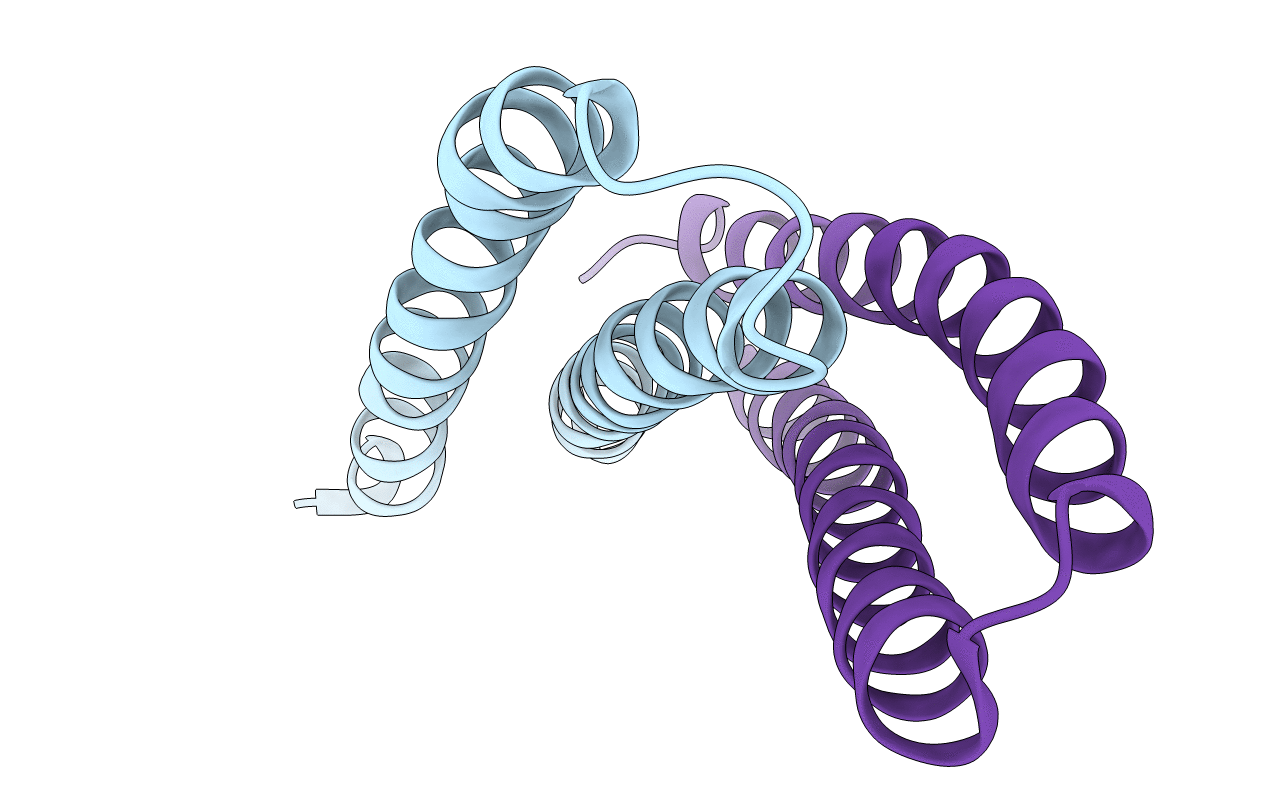
Deposition Date
2016-05-05
Release Date
2016-06-29
Last Version Date
2024-03-06
Entry Detail
Biological Source:
Source Organism:
synthetic construct (Taxon ID: 32630)
Host Organism:
Method Details:
Experimental Method:
Resolution:
3.83 Å
R-Value Free:
0.47
R-Value Work:
0.42
R-Value Observed:
0.43
Space Group:
P 21 21 2


